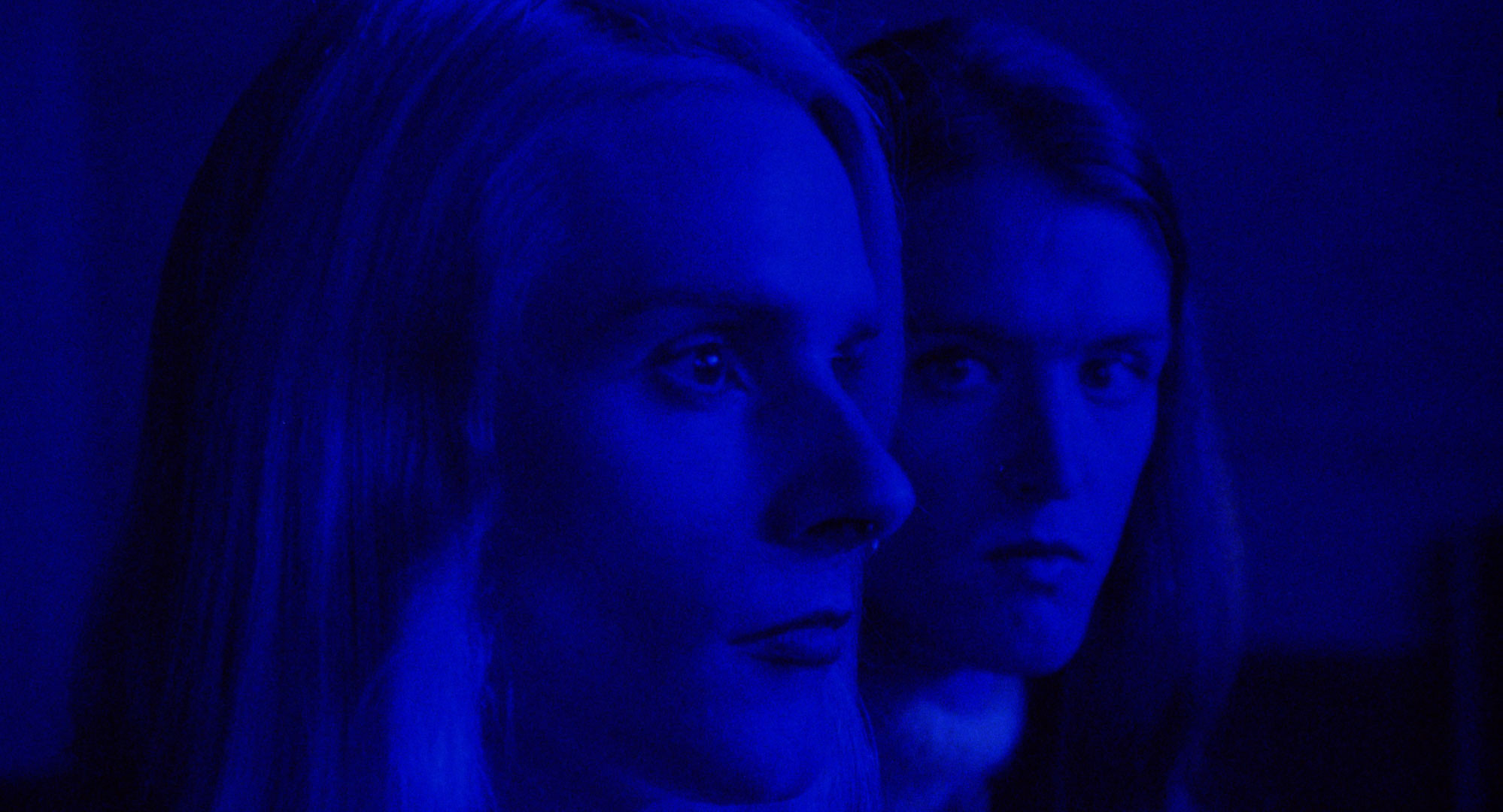So Pretty, directed by Jessie Jeffrey Dunn Rovinelli (Aspect Ratio Films, 2019). Here is the trailer →.
Not to be confused with house mothers (and fathers) in the culture of queer and trans people of color. In this instance, a mom, also sometimes called a big sister, is someone older in trans years with whom someone earlier in transition can meet, to talk about practicalities and emotions associated with transition, among other things. This is perhaps also a good place to mention that trans culture is as segregated as the rest of American culture, and that the categories of gender as we now endure them are a product of an intertwined history with categories of race and practices of racial violence. See C. Rily Snorton, Black on Both Sides: A Racial History of Trans Identity (University of Minnesota Press, 2017), and: Whitney Terrell and V. V. Ganeshananthan, “C. Riley Snorton and T. Fleischmann Talk Gender, Freedom, and Transitivity,” Lithub, March 7, 2019 →.
So Pretty is (freely) adapted from So Schön (Verbrecher Verlag, 2012). Originally published in 1982, the full title of this small work is: und als der prinz mit dem kutscher tanzte, waren si so schön, daß der ganze hof in ohnmacht fiel: ein utopischer film. Schernikau is not much known in English. Here’s an introduction to his life and work, with links to extracts of an earlier work in translation: →.
Adam Jasper, “Our Aesthetic Categories: An Interview with Sianne Ngai,” Cabinet Magazine, no. 43 (Fall 2011) →. See also Sianne Ngai, Our Aesthetic Categories: Zany, Cute, Interesting (Harvard University Press, 2015).
See José Esteban Muñoz, Cruising Utopia: The Then and There of Queer Futurity (NYU Press, 2009). A book I cherish and to which this essay is indebted, but whose handling of the femme element in queer culture this femme does not find congenial.
Jean Baudrillard, Seduction (Palgrave, 1991). While one might leave some of its quaint ideas about gender behind, there’s an idea in this text about the connection between the femme, the pretty, and the seductive that refuses to be held accountable to being penetrated down to a supposedly more real essence.
Just playing here with a famous image by Marx about the commodity: →.
See Where Freedom Starts: Sex, Power, Violence, #MeToo (Verso, 2018) →.
On the “Utopian Enclave,” see Fredric Jameson, Archaeologies of the Future (Verso, 2005). I’m gently dissenting from some of its theses.
Andrea Long Chu and Emmett Harsin Drager, “After Trans Studies,” Trans Studies Quarterly 6, no. 1 (February 2019).
T Fleischmann and Torrey Peters, “On Trans Essays,” Essay Daily, January 4, 2016 →.
Grace Lavery, “Trans Realism, Psychoanalytic Practice, and the Rhetoric of Technique,” Critical Inquiry, forthcoming.
To me, this is the enduring relevance of Charles Fourier. See McKenzie Wark, The Spectacle of Disintegration (Verso, 2013).
See Otto von Busch, “Ways to Make Fashion Work For Us,” Our World, July 8, 2018 →.
Frank B. Wilderson III, “Afro-Pessimism and the End of Redemption,” Humanities Futures, Franklin Humanities Institute, October 20, 2015 →.
All film stills from Jessie Jeffrey Dunn Rovinelli’s So Pretty (Aspect Ratio Films, 2019).
